Why Does King Charles III Celebrate Two Birthdays? A Look At Royal Traditions

Table of Contents
The Official Birthday vs. the Actual Birthday
King Charles III, like many British monarchs before him, celebrates two birthdays. His actual birthday is a private affair, quietly observed on November 14th. However, the official birthday, typically held in June, is a grand public spectacle. This distinction is key to understanding the tradition.
- Actual birthday (November 14th): A private family celebration, low-key and intimate.
- Official birthday (June): A large-scale public event, often featuring the iconic Trooping the Colour parade, showcasing the British Army's military precision and pageantry.
The reason for this dual celebration lies primarily in the unpredictable British weather. Holding a massive public event like the Trooping the Colour in November would risk poor weather, potentially dampening the spirits of attendees and hindering participation. Shifting the celebration to the summer months dramatically improves the chances of favorable weather conditions, ensuring a successful and well-attended event.
Historical Roots of the Double Birthday Tradition
The tradition of a monarch's official birthday dates back to King George II (1727-1760). His actual birthday fell in November, a time often marked by cold, rainy weather in Britain. Recognizing the logistical and climatic challenges of hosting a large-scale public event in such conditions, he opted to celebrate his birthday officially in the summer, ensuring better weather and higher public participation.
- Early monarchs' birthdays: Often coincided with unpredictable autumnal weather, making public celebrations problematic.
- Summer shift: The change to a summer celebration ensured optimal weather conditions, leading to greater attendance and a more vibrant atmosphere.
- Evolution of Trooping the Colour: The ceremony, originally a military review, has evolved into a spectacular display of national pride and military prowess, intricately linked with the official royal birthday celebrations.
The Modern Celebration: Trooping the Colour and Other Events
The Trooping the Colour is the centerpiece of King Charles III's official birthday celebrations. This impressive military parade involves hundreds of soldiers, vibrant uniforms, and a majestic display of horsemanship. The procession through London's streets is a vibrant spectacle, culminating in a flypast by the Royal Air Force. The Royal Family appears on the Buckingham Palace balcony, waving to the enthusiastic crowds below.
- Key participants: The British Army, Royal Air Force, Household Cavalry, and, of course, the Royal Family.
- Parade route: The parade typically begins at Buckingham Palace, proceeds down The Mall, and returns to the Palace for the balcony appearance.
- Ceremony significance: It's a display of military precision, national pride, and a celebration of British heritage and tradition.
- Other celebrations: Garden parties at Buckingham Palace and other royal residences are often held in conjunction with the official birthday, adding to the celebratory atmosphere.
The Future of King Charles III's Double Birthday Celebrations
While the tradition of two birthdays is deeply entrenched in British royal history, the future remains open to interpretation. King Charles III, known for his pragmatic approach, might consider adapting the tradition to reflect modern sensibilities.
- Potential for streamlining: The scale of the Trooping the Colour might be adjusted to make it a more sustainable and environmentally conscious event.
- Environmental considerations: Reducing the carbon footprint of the celebrations could become a priority, exploring ways to minimize waste and transportation impact.
- Public opinion: Public sentiment towards maintaining the tradition in its current form will undoubtedly influence any decisions regarding future celebrations.
Conclusion
King Charles III celebrates two birthdays due to a long-standing tradition designed to optimize weather conditions for the large-scale public celebration of his official birthday. This tradition, originating with King George II, leverages the summer months to ensure a successful and well-attended Trooping the Colour ceremony and associated events. The official birthday celebration serves as a vital display of national pride and a cherished element of British culture. The future of this unique tradition will undoubtedly be shaped by factors including sustainability concerns, public opinion, and the King's own preferences. To learn more about the rich history and traditions surrounding the British monarchy, further research into the Trooping the Colour ceremony, the evolution of royal birthday celebrations, or other royal events related to King Charles's double birthday celebration, and the official birthday of King Charles, is highly recommended. Delve deeper into the fascinating world of royal birthday traditions and gain a richer understanding of this unique aspect of British culture.

Featured Posts
-
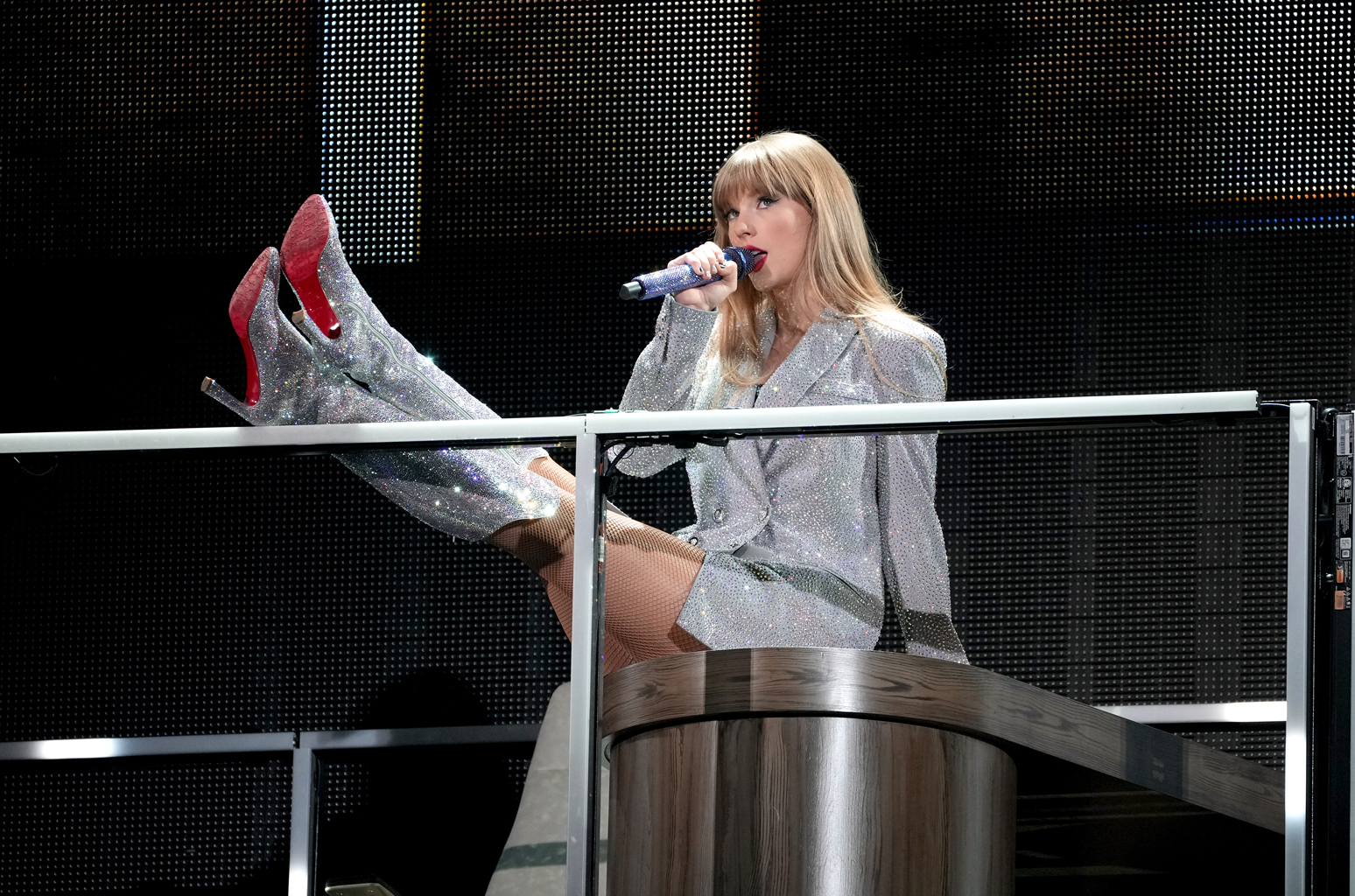 Explore Taylor Swifts Stunning Eras Tour Wardrobe Through High Quality Images
May 27, 2025
Explore Taylor Swifts Stunning Eras Tour Wardrobe Through High Quality Images
May 27, 2025 -
 Trumps Support For Nippon Steel Merger A Closer Look At The Implications
May 27, 2025
Trumps Support For Nippon Steel Merger A Closer Look At The Implications
May 27, 2025 -
 Zaxaroplasteio Sti Nea Smyrni Stoxos Listeias Binteo
May 27, 2025
Zaxaroplasteio Sti Nea Smyrni Stoxos Listeias Binteo
May 27, 2025 -
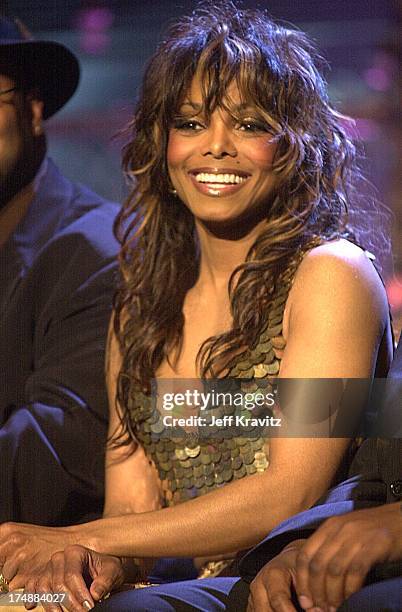 Janet Jackson Icon Award And Ama 2025 Performance
May 27, 2025
Janet Jackson Icon Award And Ama 2025 Performance
May 27, 2025 -
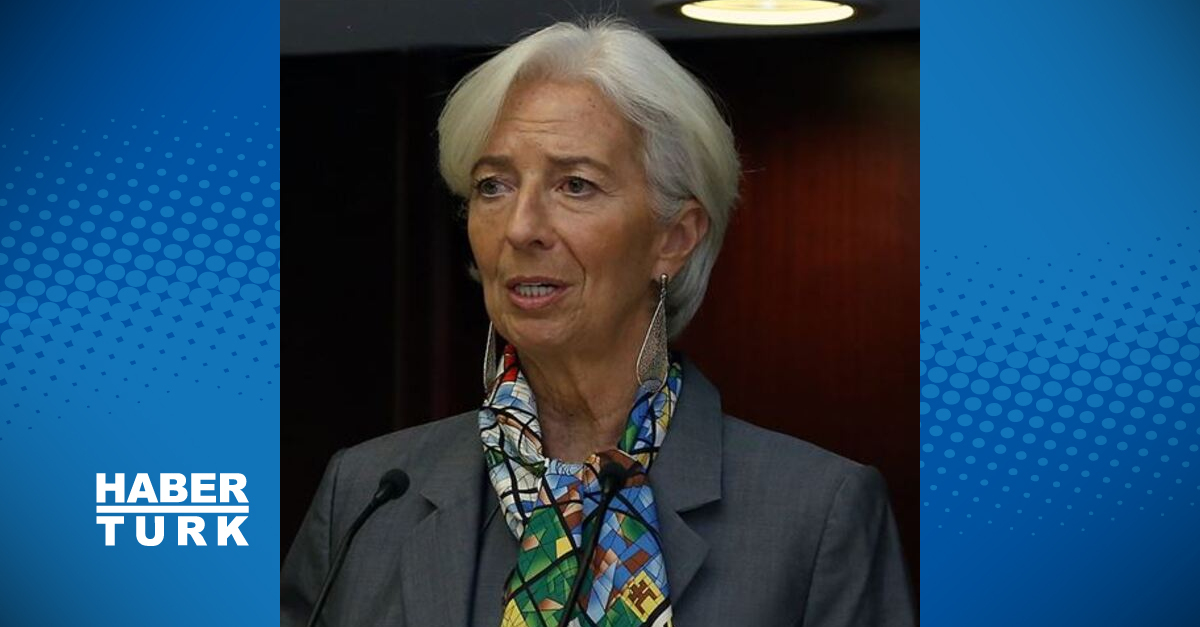 Ecb Baskani Lagarde Enflasyonla Muecadele Ve Fiyat Istikrari
May 27, 2025
Ecb Baskani Lagarde Enflasyonla Muecadele Ve Fiyat Istikrari
May 27, 2025
Latest Posts
-
 Mc Kenna Impresses Tuanzebes Strong Week Phillips And Cajuste Face Challenges Ipswich Town Update
May 28, 2025
Mc Kenna Impresses Tuanzebes Strong Week Phillips And Cajuste Face Challenges Ipswich Town Update
May 28, 2025 -
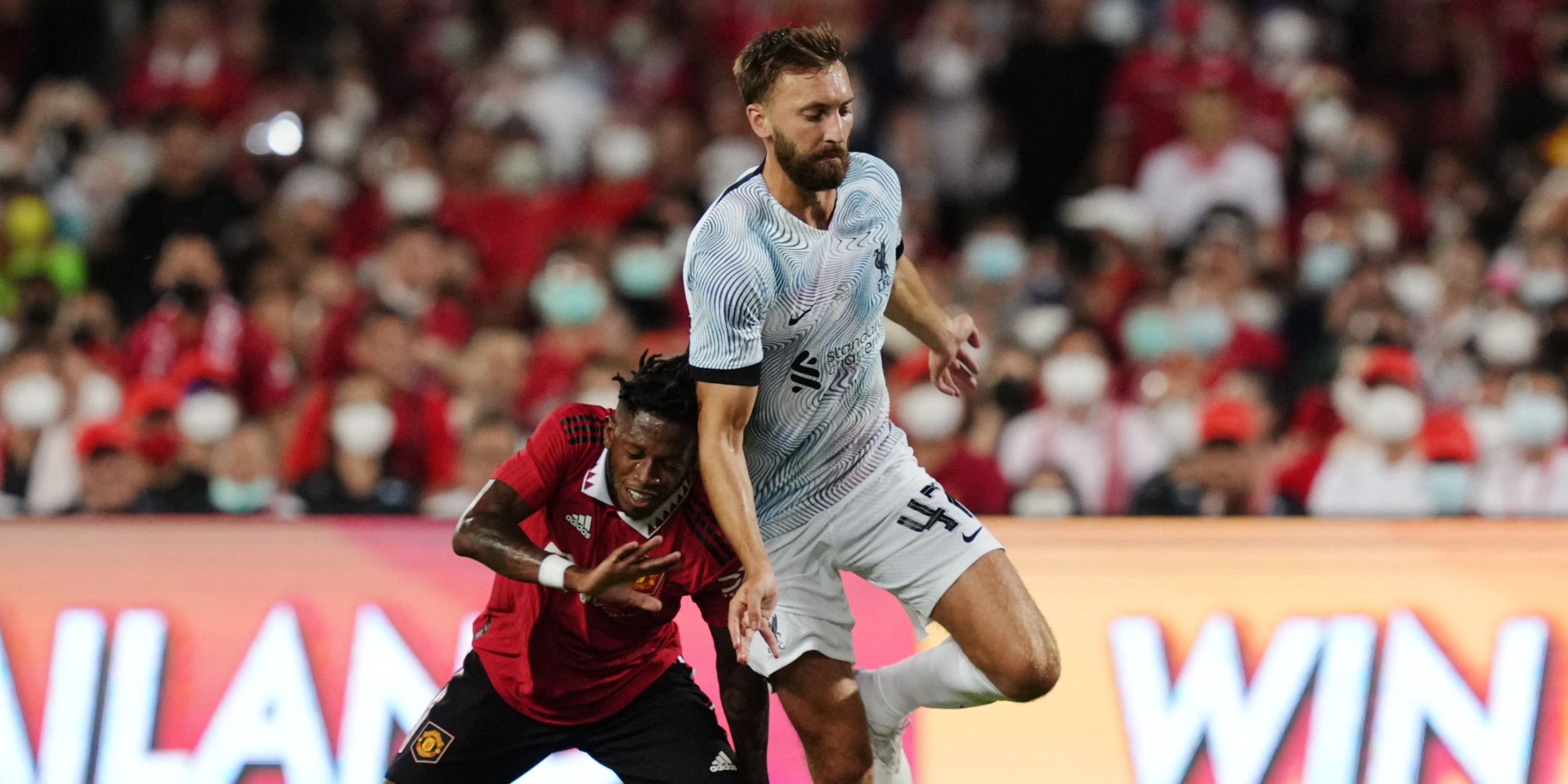 Phillips Potential Leeds Return Examining The Transfer Talk
May 28, 2025
Phillips Potential Leeds Return Examining The Transfer Talk
May 28, 2025 -
 Leeds United Transfer News Kalvin Phillips Return On The Cards
May 28, 2025
Leeds United Transfer News Kalvin Phillips Return On The Cards
May 28, 2025 -
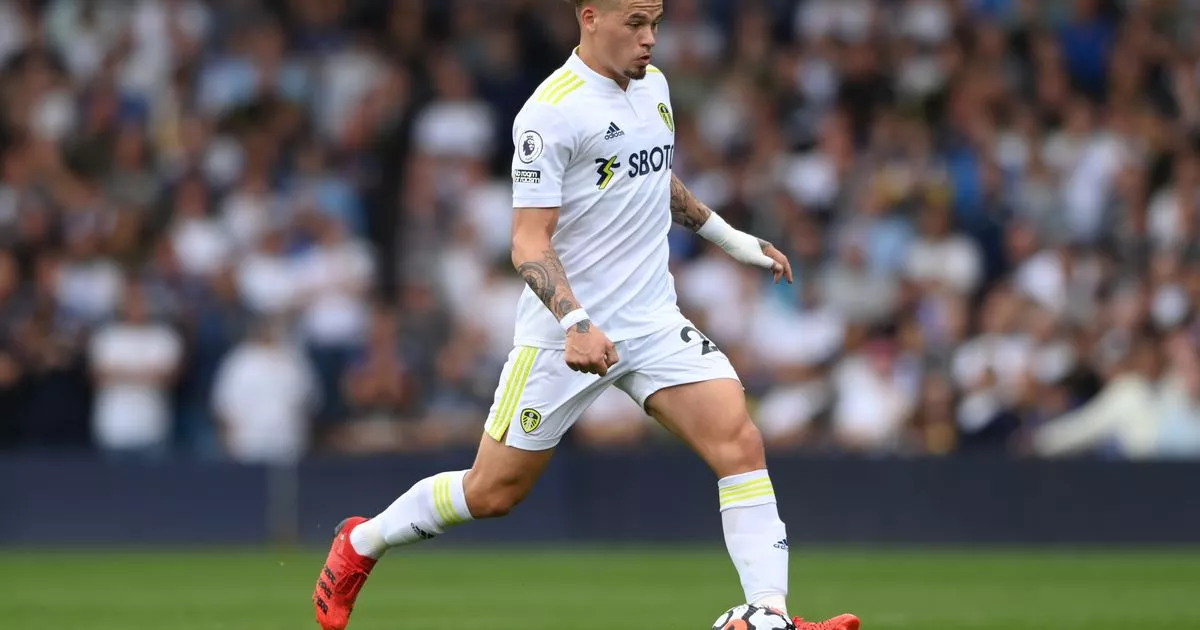 Is A Kalvin Phillips Return To Leeds United On The Cards This Summer
May 28, 2025
Is A Kalvin Phillips Return To Leeds United On The Cards This Summer
May 28, 2025 -
 Watch Pacers Vs Bulls Game Time And Streaming Info For March 10
May 28, 2025
Watch Pacers Vs Bulls Game Time And Streaming Info For March 10
May 28, 2025
